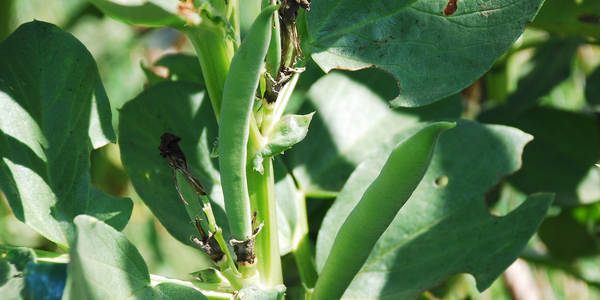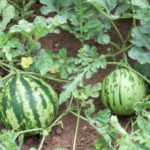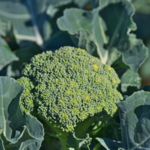Blue Lake pole beans are one of the most commonly-grown bean varieties—they’ve been around a long time, they mature quickly, and they consistently produce a lot of beans. However, like all plants, Blue Lake pole beans suffer from diseases and pest infestation. What are some of the most common problems with Blue Lake pole beans?
Because they’ve been around for so long, Blue Lake pole beans will sometimes only produce thin, stringy beans. Diseases like Bean Common Mosaic Virus (BCMV) and pests such as aphids or leafhoppers can also affect them. In addition, they can be intolerant of extreme temperature and moisture fluctuations.
In the rest of this article, we’ll talk about each of these issues in greater detail and offer some advice on how to fix them.
Common Issues With Blue Lake Pole Beans
Blue Lake pole beans are hardy, but there are several issues you may notice with your plants throughout the growing season:
- Flat, mostly useless beans. Blue Lake pole beans are a hybrid variety of beans. After so many years of being propagated, some Blue Lake pole bean seeds have returned to a more natural, wild state, meaning they don’t have the thick, meaty characteristics of modern beans.
- Discolored leaves. If your bean plant leaves have lost their deep green color and appear to have lighter patches, chances are they have Bean Common Mosaic Virus. This virus can cause moderate to extreme production loss, so it’s important to act as soon as you notice affected plants.
- Damaged or distorted leaves and stems. Pests, such as aphids, love to take up residence on Blue Lake pole beans. Any abnormal damage to the leaves can signal that pests are feasting on the plants.
- Yellow or brown leaves. Inconsistent watering or big temperature changes can cause your bean plants great stress. Yellow leaves typically indicate too much water, while brown leaves can indicate extreme heat levels or insufficient water.
How To Fix Common Blue Lake Pole Bean Problems
Once you’ve identified the cause of the problem with your beans, you can take action to find a solution. Most issues are easily remedied with a change in environment or handling.
If you notice aphids or other pests on your beans, spraying a soap and water solution on the leaves can help clear them off. You can also use safe pesticides to kill anything on the plant, but be cautious with this method, as it will also kill any beneficial insects on the plant.
If the leaves of your plants are yellow or brown, the solution is as simple as increasing or decreasing the water the plant receives. If the leaves are yellow, try watering the plants less. If they are turning brown and burning on the ends, water the plants more frequently.
If your pole beans are producing flat, seedless pods, the only real solution is to grow a different variety of beans. Kentucky Blue Lake is a newer variety that seems to produce well.
Unfortunately, you’ll need to immediately remove any plants with Bean Common Mosaic Virus. The disease can quickly spread to other bean plants, so toss affected plants in the garbage to protect the rest of your beans.
Final Thoughts
Blue Lake pole beans commonly struggle with pests and diseases, temperature and water fluctuations, and poor production. By monitoring the amount of water they receive, taking measures to remove pests, and promptly removing any diseased plants, your Blue Lake pole beans will thrive, and you’ll be able to harvest incredible quantities of beans.



